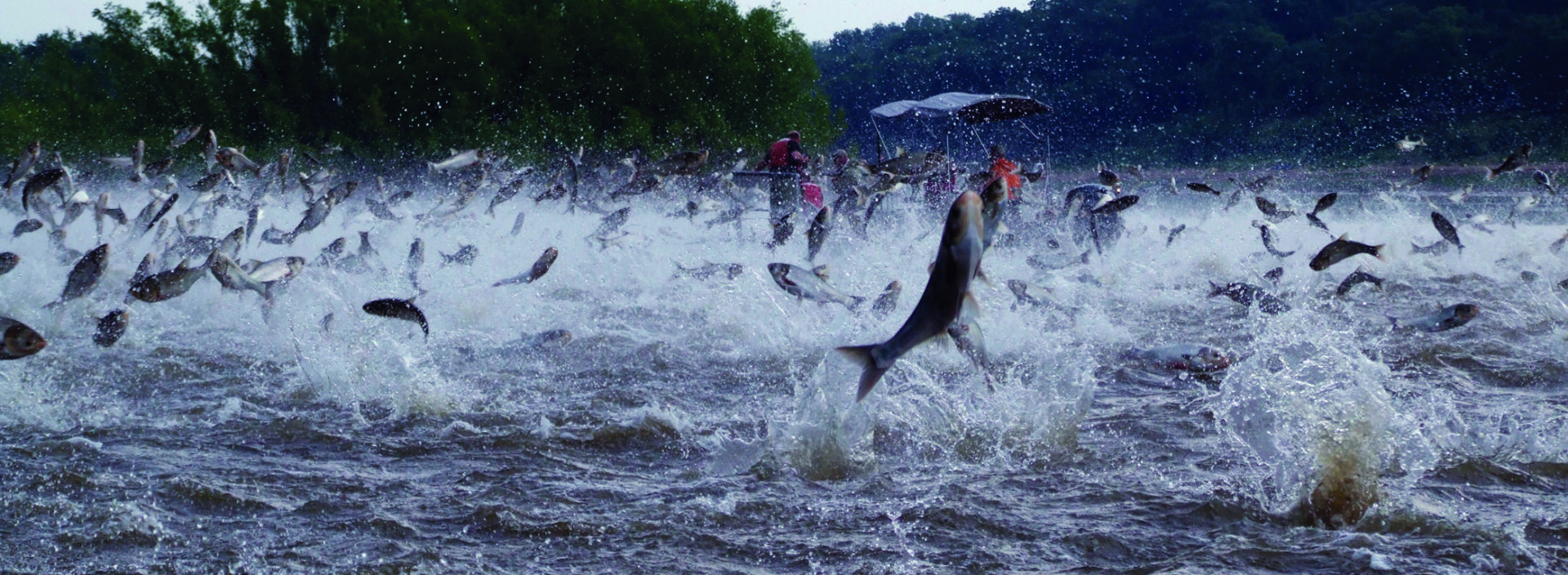Brazilian elodea (Egeria densa)
Brazilian elodea is a popular aquarium plan that has found its way into the Great Lakes region. It crowds out native aquatic plants, degrades fish and waterfowl habitat and creates breeding grounds for mosquitoes. Read more…
Curlyleaf pondweed (Potamogeton crispus)
This strange aquatic invasive dies off in the middle of summer–when everything else it at its peak–but it starts the season off with a major growth spurt. Read more…
Eurasian Watermilfoil (Myriophyllum spicatum)
Just a single two-inch fragment of Eurasian watermilfoil is all it takes to start a new plant. Read more…
European Frogbit (Hydrocharis morsus-ranae)
Mats of frog-bit can become so thick that boat traffic can be affected by the frog-bit tangling around boat props so that the boats can no longer move in the water. Read more…
Hydrilla (Hydrilla verticillata)
A submerged aquatic plant, hydrilla is extremely fast growing and can clog waterways and suffocate native plants. Read more…
Phragmites (Common Reed or Phragmites australis)
Common reed has replaced much of the naturally diverse wetland plant population. Read more…
Purple Loosestrife (Lythrum salicaria)
Purple loosestrife arrived in North America as early as the 1800s. Read more…
Water Chestnut (Trapa natans)
This aquatic invasive has dangerously sharp-spined nuts and has colonized Lake Ontario and a significant part of the northeastern U.S. Read more…



